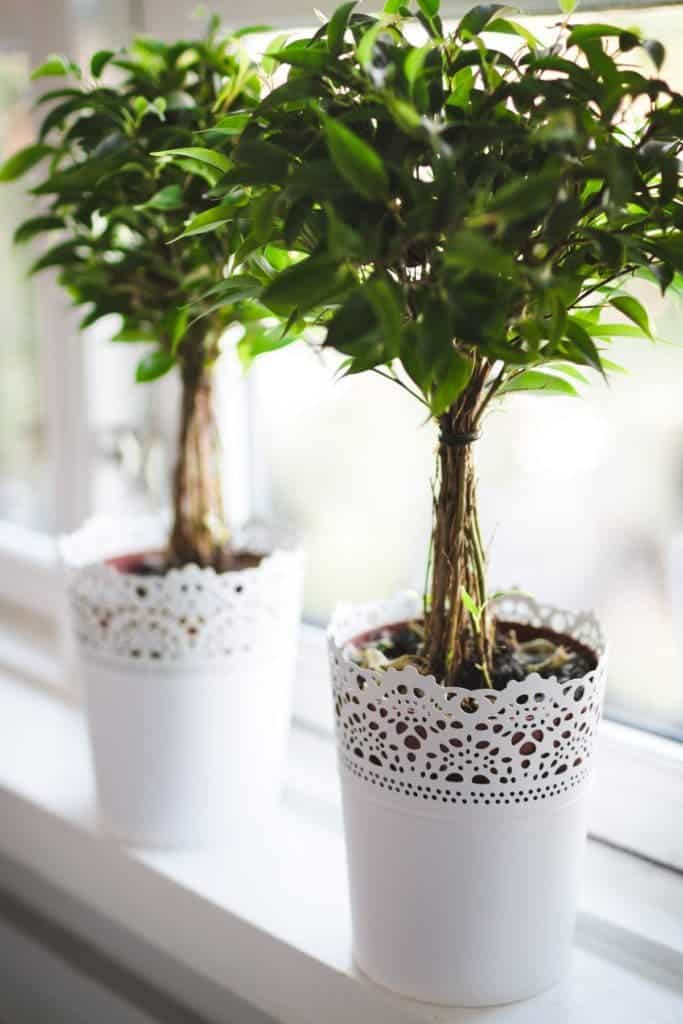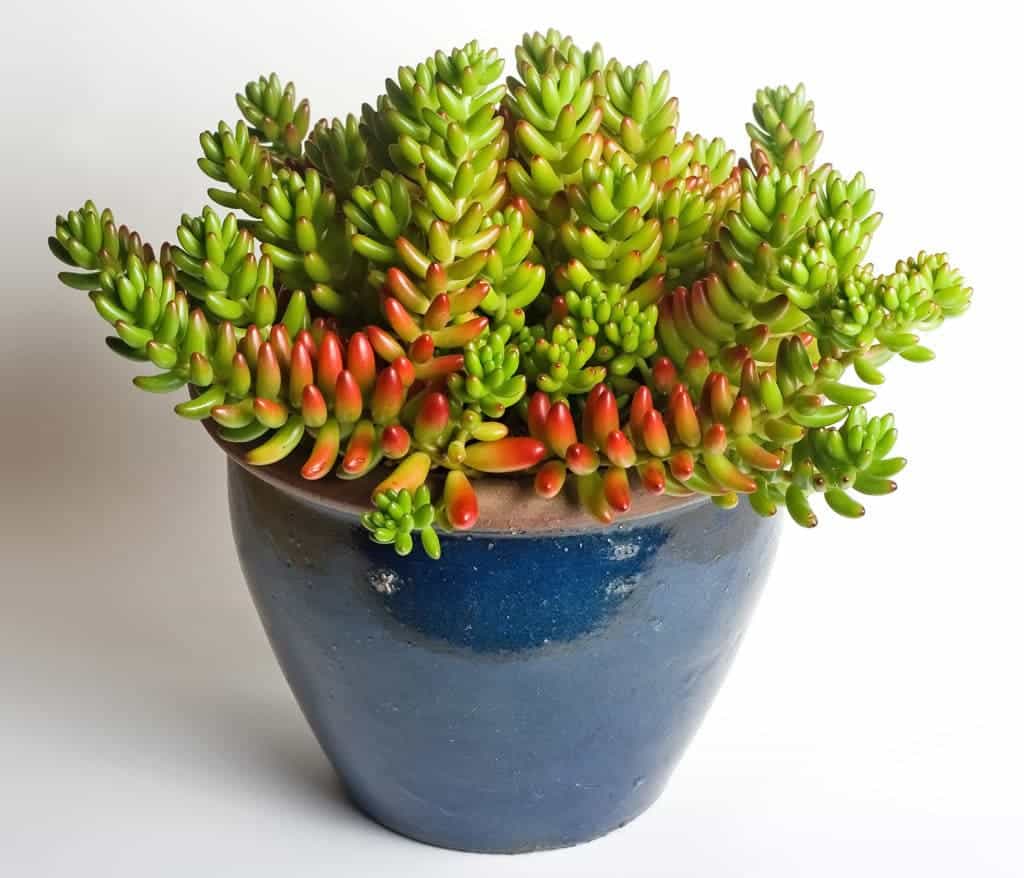We think of plants mostly as things we use to decorate our homes, but a new study shows that they can play a very important role in cleaning out the air we breathe.

A semi-autonomous, sustainable, eco-friendly air cleaning system. Or as we usually call it — a plant.
People in industrialized countries spend more than 80% of their time indoors — that’s over 19 of the 24 hours in a day in air-tight buildings, without much exposure to the outside air. Buildings also tend to accumulate particulate matter and potentially toxic gases, and our indoor furniture, carpets, paints, and office equipment can be sources of these unwanted compounds. Many buildings spend a lot of energy and money for ventilation and air purification, but that service could also be provided for free — by plants.
Frederico Brilli, a plant physiologist at the National Research Council of Italy integrated a system which featured indoor plants and sensor-controlled air cleaning and monitoring technologies to see just how much of an effect plants really have.
We know surprisingly little about the effect indoor plants have on air quality. NASA carried out i pioneering work in the 1980s, but they relied on a simple experimental approach. You’d expect that with the advent of modern sensors and smart houses we’d have a trove of data, but we really don’t. We also care surprisingly little — plants are almost exclusively picked either for their aesthetic qualities, or for their ability to survive with very little maintenance. In other words, we want nice plants we don’t have to take care of.
“For most of us plants are just a decorative element, something aesthetic, but they are also something else,” says Brilli.
[Also Read: 7 Potted Plants that Will Remove Indoor Air Pollution from Your Home, Proven by Science]

Succulents, or water-retaining plants, such as this jelly bean plant (Sedum rubrotinctum), are often grown as houseplants. Image credits: JJ Harrison.
Brilli and his colleagues found that plants improve air quality through a variety of methods: they absorb carbon dioxide and release oxygen through photosynthesis, they absorb pollutants and store them in the soil-root system, and they also increase humidity in the room by transpiring water vapor through their pores. They also interact with microbiomes in ways that we don’t really understand — they favor the development of some microbial communities while discouraging others.
Previous studies have suggested that most plants have positive effects on microbiomes — they favor the development of microbial communities that are harmless or even helpful to humans (microbial communities can also remove pollutants). But we don’t really know how different plants behave. For instance, some plants can trigger allergies or lung inflammation. So while Brilli’s study offers some much-neededd information about the plants’ effect on air quality, much more research is needed if we want to thoroughly understand the big picture. According to Brilli, future studies could show how to “optimize the use of plants indoors, in terms of how many plants per square meter we need to reduce air pollution to a certain level.”
[Also Read: Why you should use potted plants to clean air pollutants from your home]
Of course, plants won’t replace ventilation or indoor heating or cooling, but they can complement these systems, making then more efficient and sustainable in the long run. A simple thing like a potted plant could have a great effect on our overall health, and we might not even realize it.
“The ability of plants to phytoremediate indoor air pollutants has been overlooked for too long,” the study concludes.
The study “Plants for Sustainable Improvement of Indoor Air Quality” by Brilli et al. has been published in the journal Trends in Plant Science.









